Basia Goszczynska is a Brooklyn-based artist who redresses the value of discarded objects through sculpture, installation, new media, and performance. Basia received her BFA from the School of the Art Institute of Chicago and her MFA from the Mason Gross School of the Arts at Rutgers University. In addition to numerous group shows and film festival screenings, she has presented her work in solo exhibitions at the Mid-Manhattan Public Library and OCAD University. Basia has received fellowships from the Vermont Studio Center and the Massachusetts Cultural Council as well as the Ray Stark Film Prize.
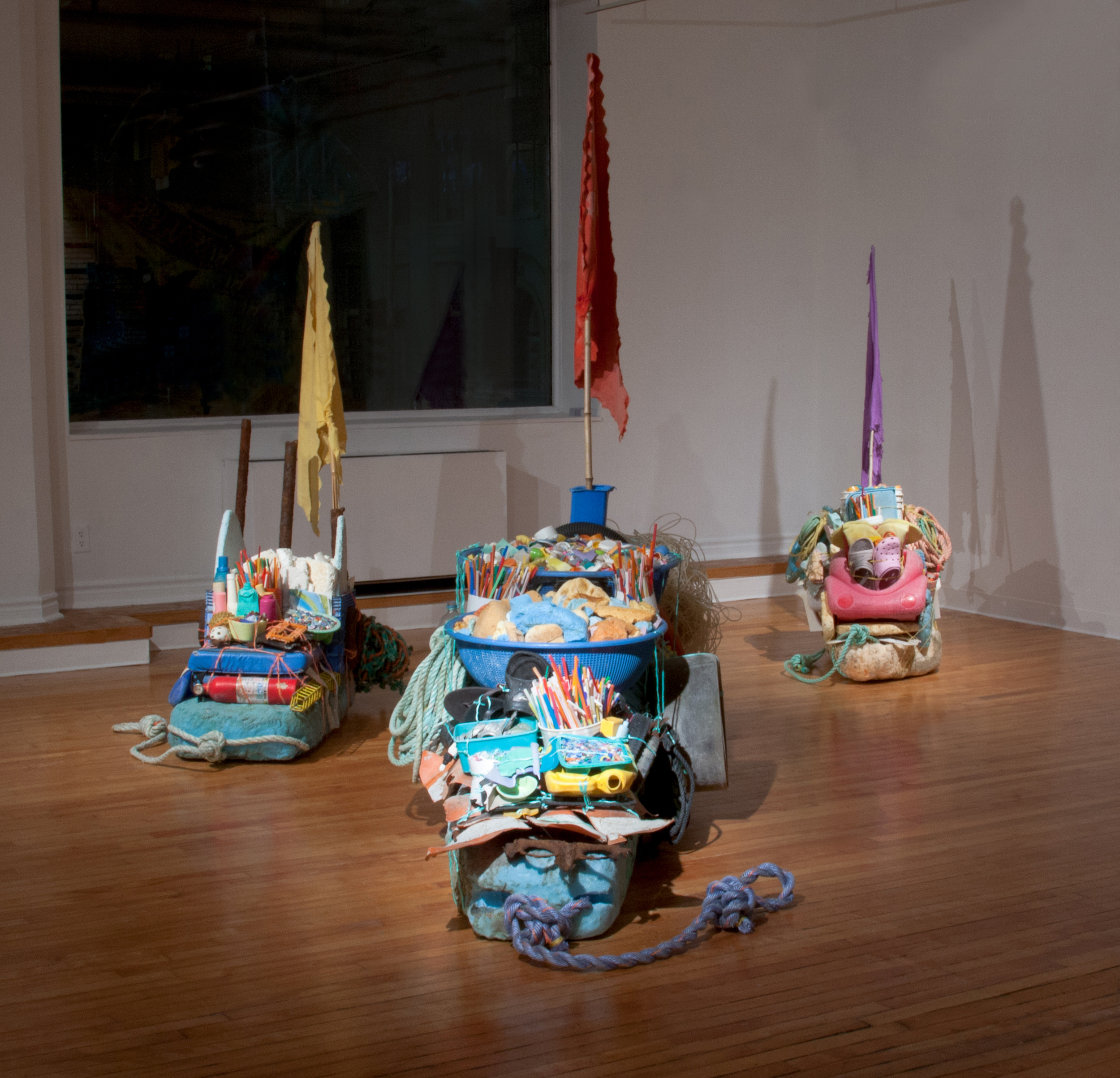
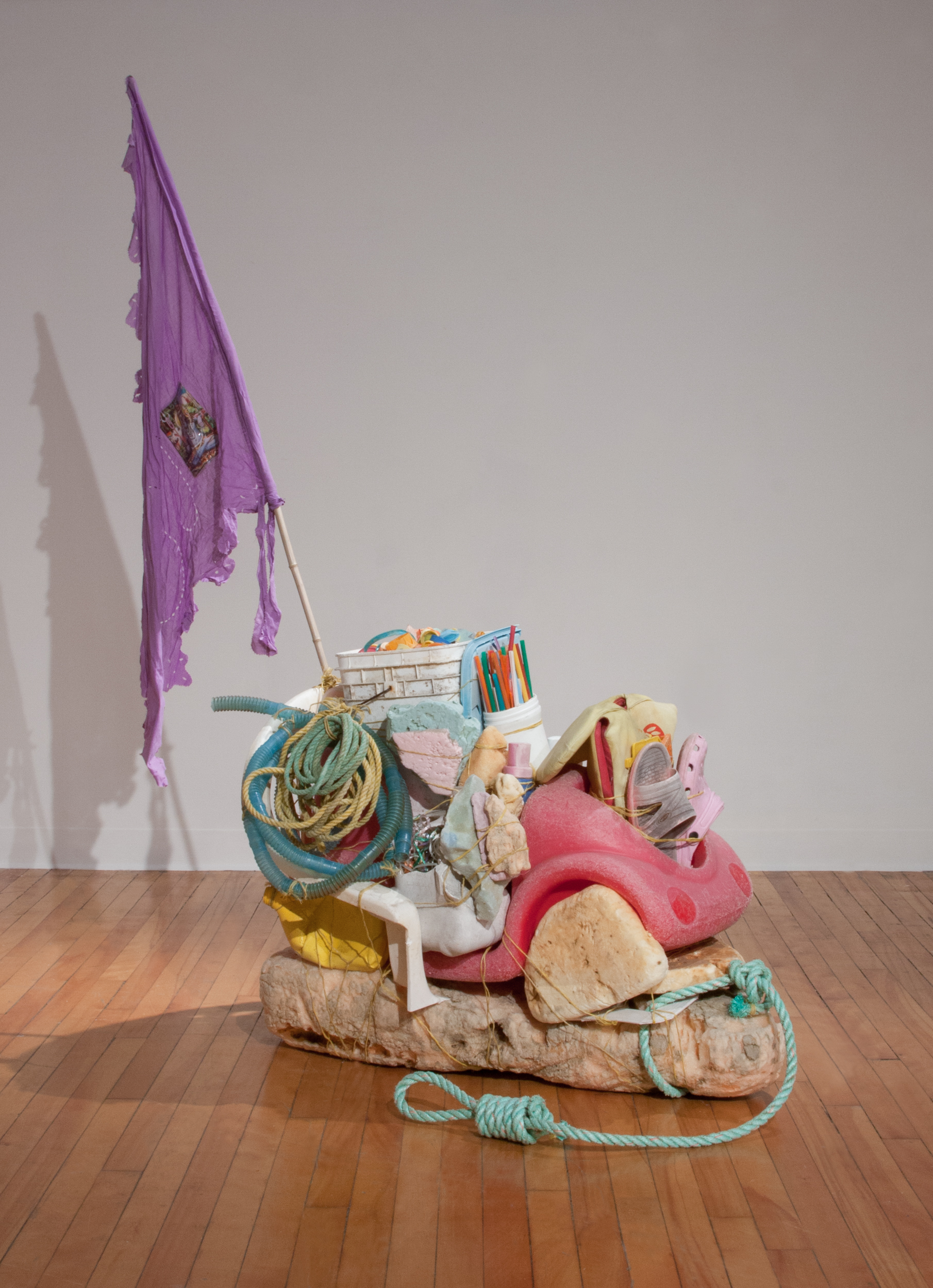
What about the ocean speaks to you as an artist? How did you find yourself first focusing your energy and intention on marine conservation?
I have been fascinated by the ocean, particularly the mystery that surrounds it, for as long as I can remember. Over the years, as I learned more about global warming, plastic pollution, ocean acidification, and the other issues threatening life here on earth, my fascination with the ocean developed into a deep concern for its well-being. My resulting environmental ethics, paired with my shoestring budget, inspired my decision to stop purchasing traditional art materials and to instead scavenge for free or previously used materials. I’m not only drawn to the colors and durability of manufactured materials, but also to how they address the complex issues that interest me most, namely: environmental sustainability and justice, the psychology of death, and the spiritual aspects of art. As Marshall McLuhan put it so well— “the medium is the message”.
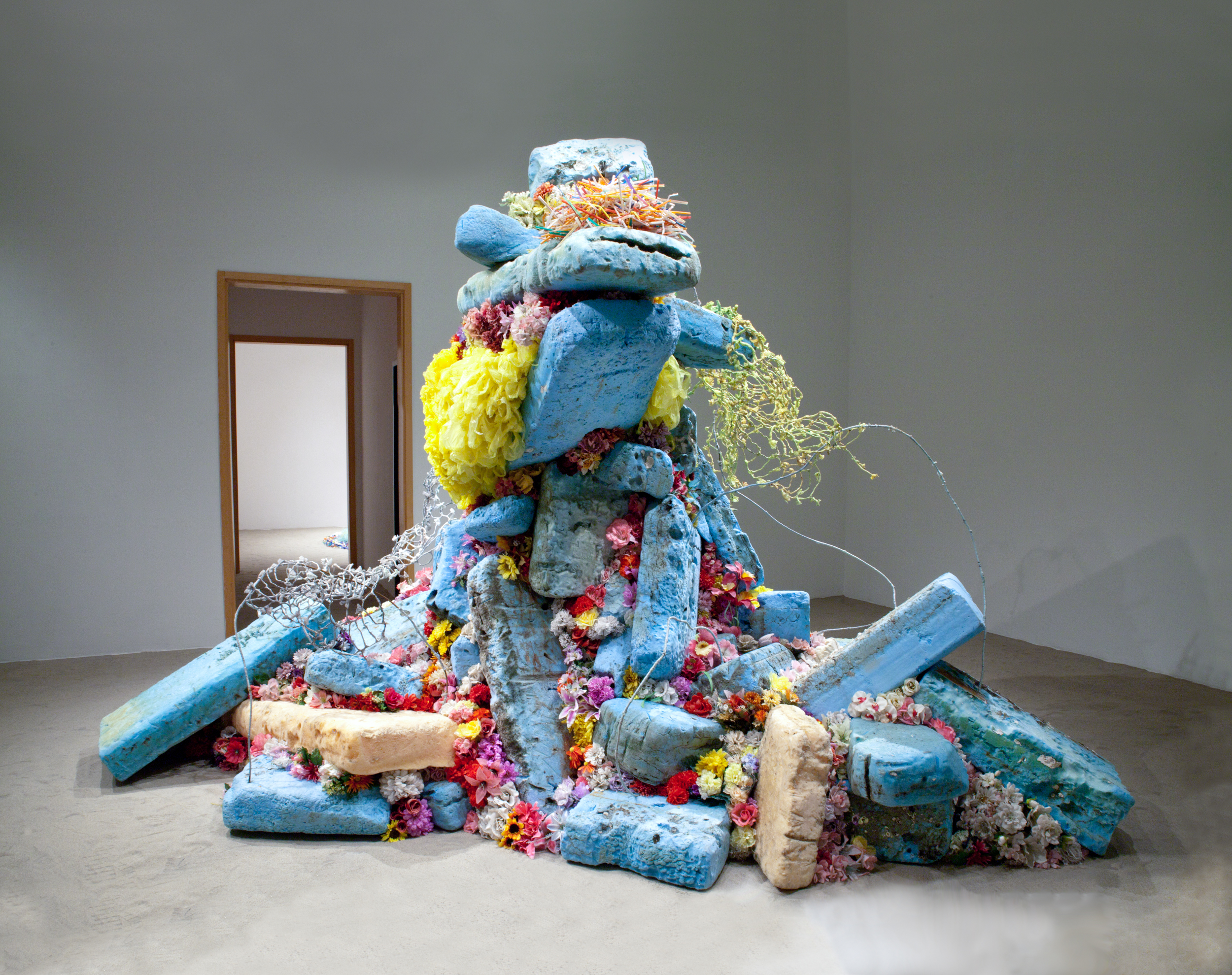
Can you say a few words about your “Away” series and the commentary it makes on the fate of discarded objects?
Away was an immersive installation that people entered into through a narrow opening. Flashlight in hand, visitors were invited to walk along a narrow path to explore the landscape that I had constructed from locally gathered and crowdsourced marine debris. The project was intended to encourage viewers to think more deeply about the concept of an “away”—whether or not such a place even exists—about our personal and collective agency, about the potential subjectivity of nonhuman objects, and about what types of landscapes we are leaving behind for future generations to explore.
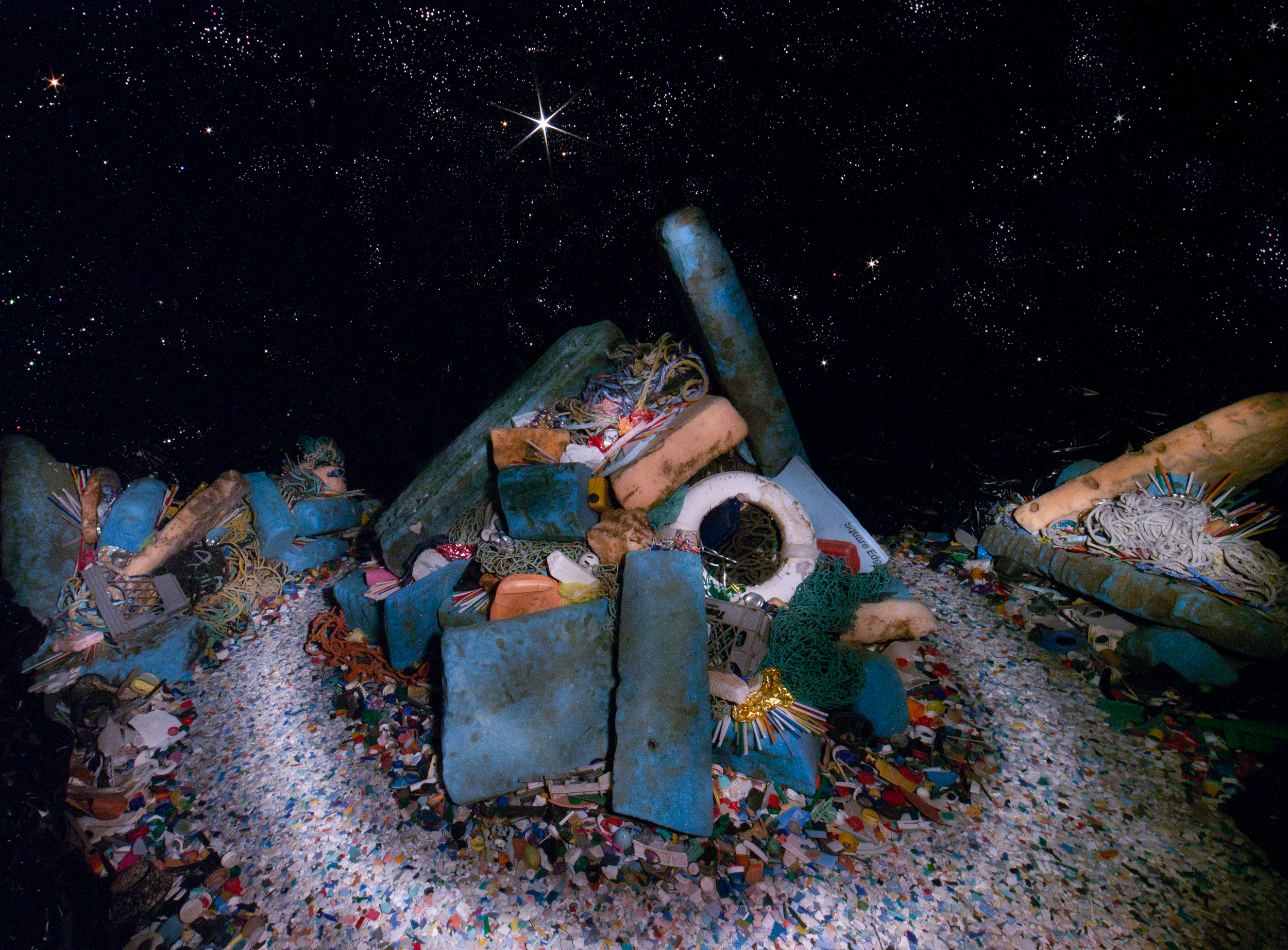
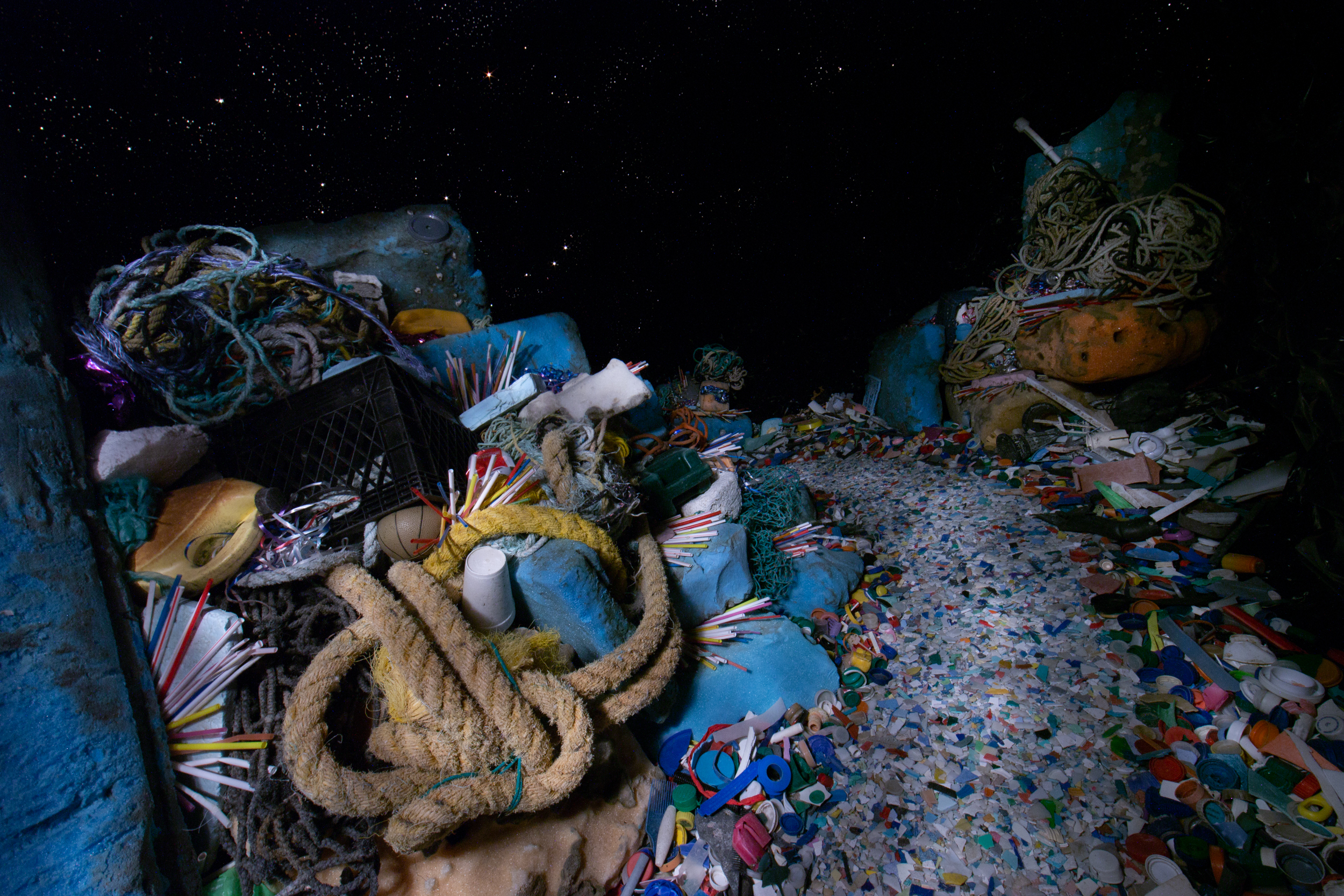
What is your view on the role of art in activism? How do you think as a movement we can better find an intersection between the two?
I will admit that I sometimes still feel ambivalent about how to reconcile my desire to create art with my environmental ethics. I struggle with feeling implicated in the art world, the production of commodities, and capitalism in general. I fear that endlessly celebrating isolated examples of reuse and recycling risk becoming masked denial—as if simple reuse is enough to absolve us of responsibility and put an end to our massive waste problem. Ultimately though, I believe that art has the potential to play an important role in bringing about environmental and social justice. Harvard philosopher, Elaine Scarry, defines beauty as the opposite of injury and argues that pursuing it in the arts can help engender empathy, opening up our senses, and inspiring us to be more just. In order for us to change our habits of wastefulness, we first need to feel inspired, and perhaps, that inspiration can indeed be found in the presence of a beautiful art object.
As far as potential intersections, I think the biggest opportunity lies in material sourcing and sharing. Activists pick up thousands of pounds of trash off beaches every year only to hide the majority of it away in landfills or burn it for fuel (which does little more than transform solid pollution into air pollution). Artists used to have to go source their own clay off beaches and river banks. Now, they can go to a store or order it offline. My hope is that some entrepreneur will take it upon themselves to serve as a liaison between environmental groups and artists and will make it easier for us to source these materials that are still currently going to waste.
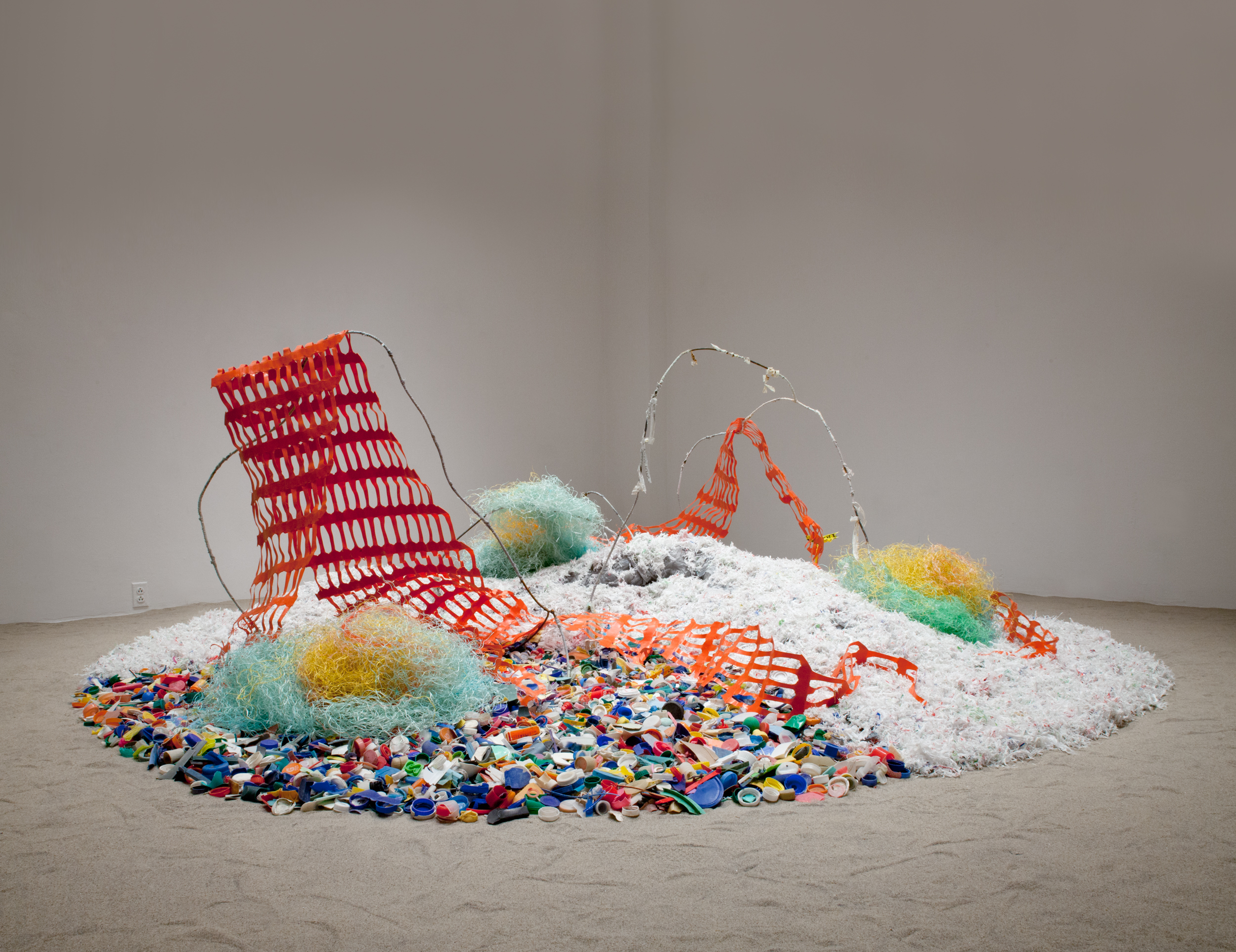
Your work is spread across various mediums, sculpture, installation, new media, and performance, as you describe… do you have a preferred medium? How do you think they complement each other?
I appreciate having the skills and freedom to explore ideas in a variety of mediums, however, the more I work, the more I find myself gravitating towards sculpture and installation. Specifically, I’m drawn to the idea of re-inserting politics into handwork. Meditative cleaning, sorting, wrapping, bundling, and weaving, all help to defuse the disgust and stress that I often feel when surrounded by our toxic waste products. Handwork, in a society saturated with tech and automation, also feels like a political act in and of itself—my choice to lean so heavily on craft, reveals the extent to which I value, and even enjoy, labor. In this way, my work is in conversation with the work of Miriam Shapiro and El Anatsui, to name but two of the artists that have inspired me over the years.
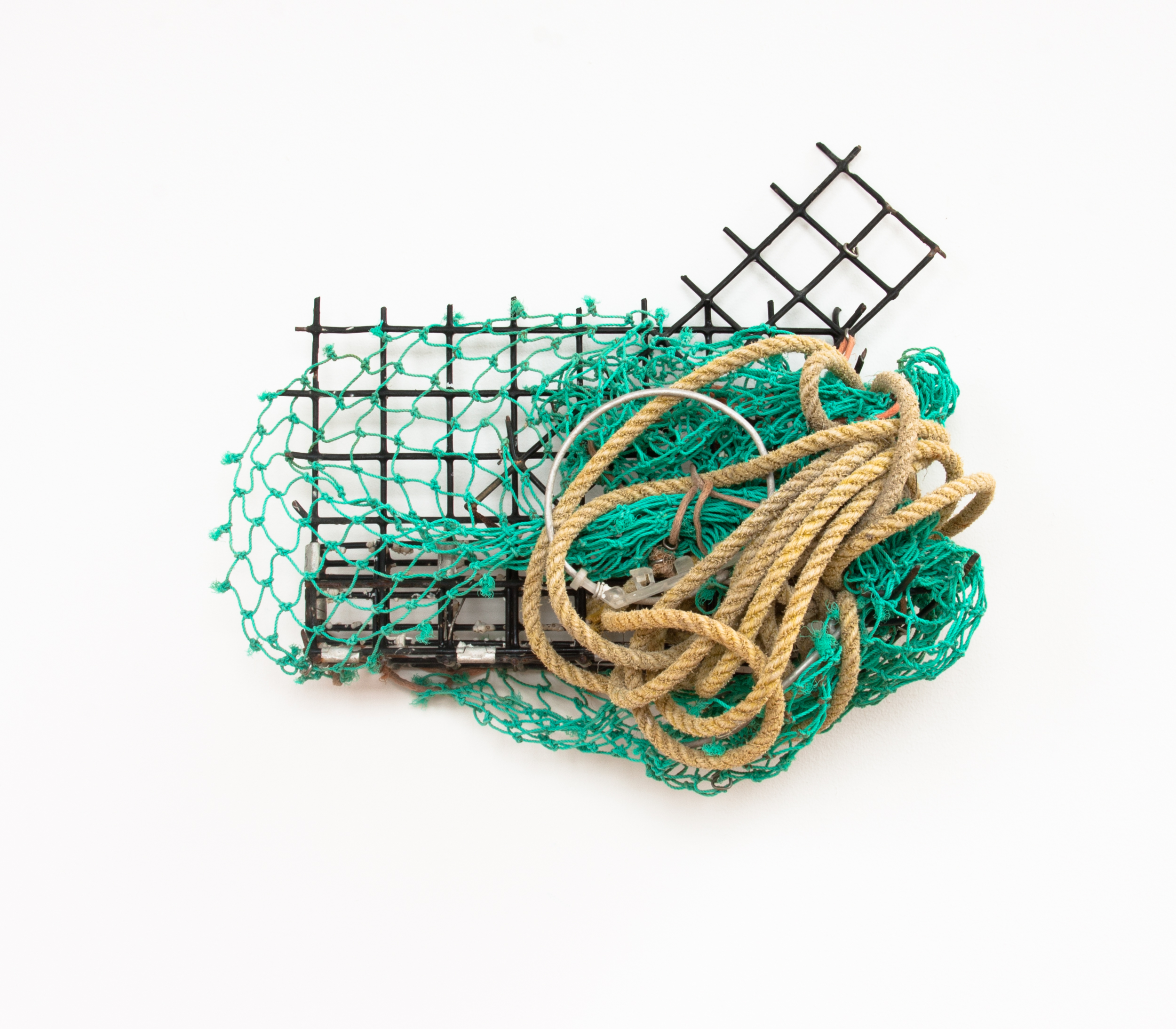
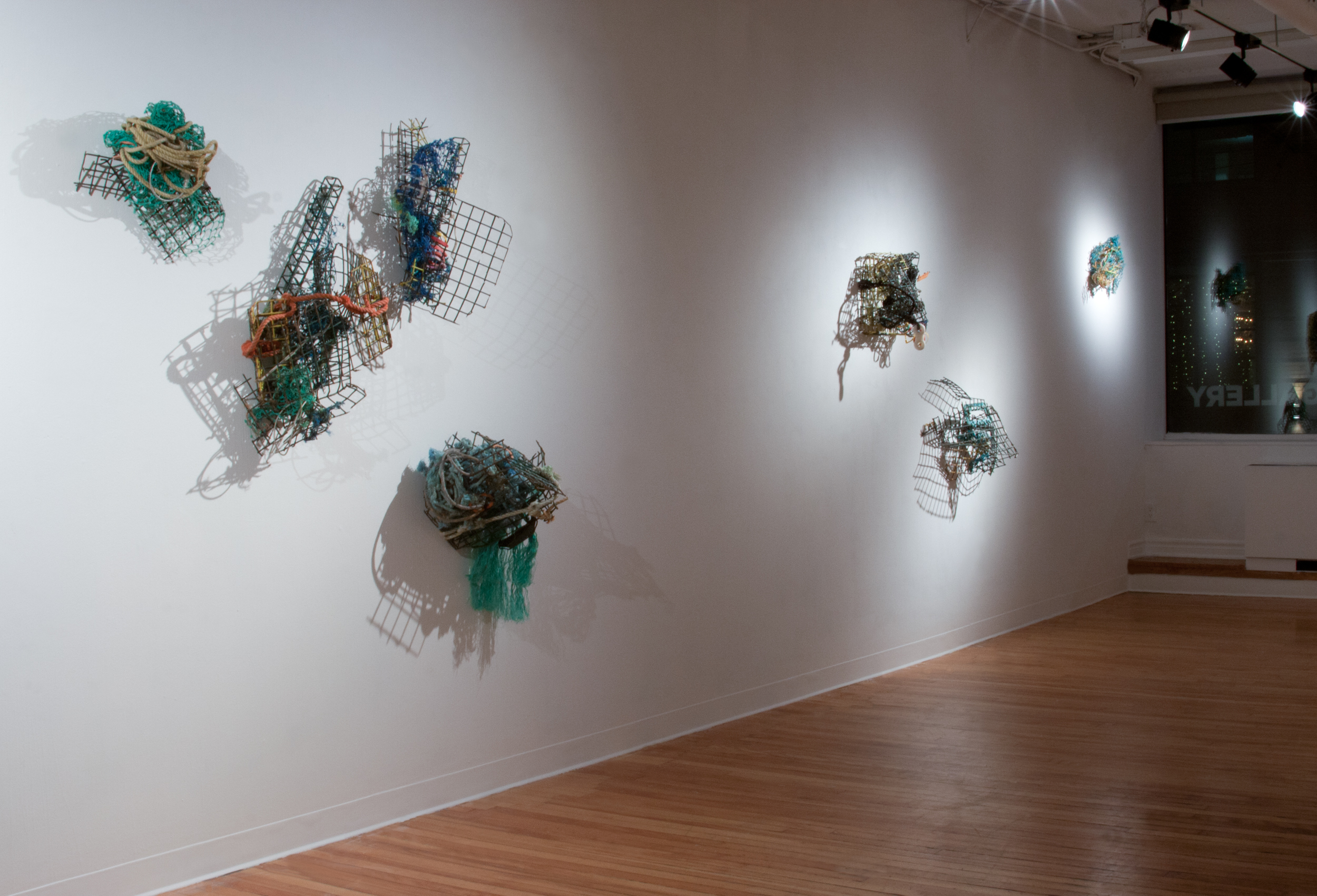
Check out more of her work at the sites below!
Website: http://basiagoszczynska.com/
Instagram: @basia_gosz
Facebook: /odbasi
Twitter: @basia_gosz
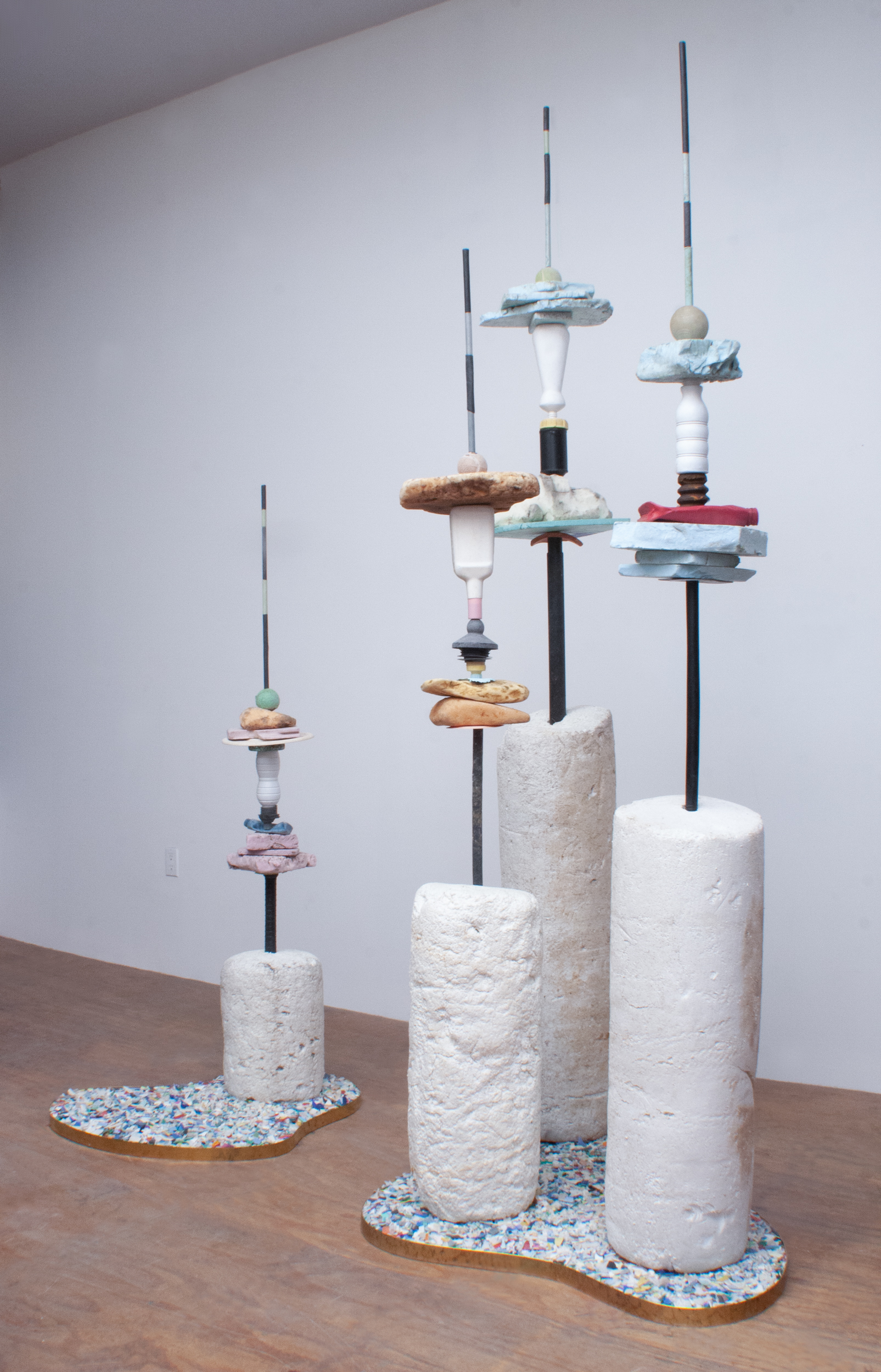
Author: Cassia Patel
Instagram: @basia_gosz
Facebook: /odbasi
Twitter: @basia_gosz

Author: Cassia Patel
